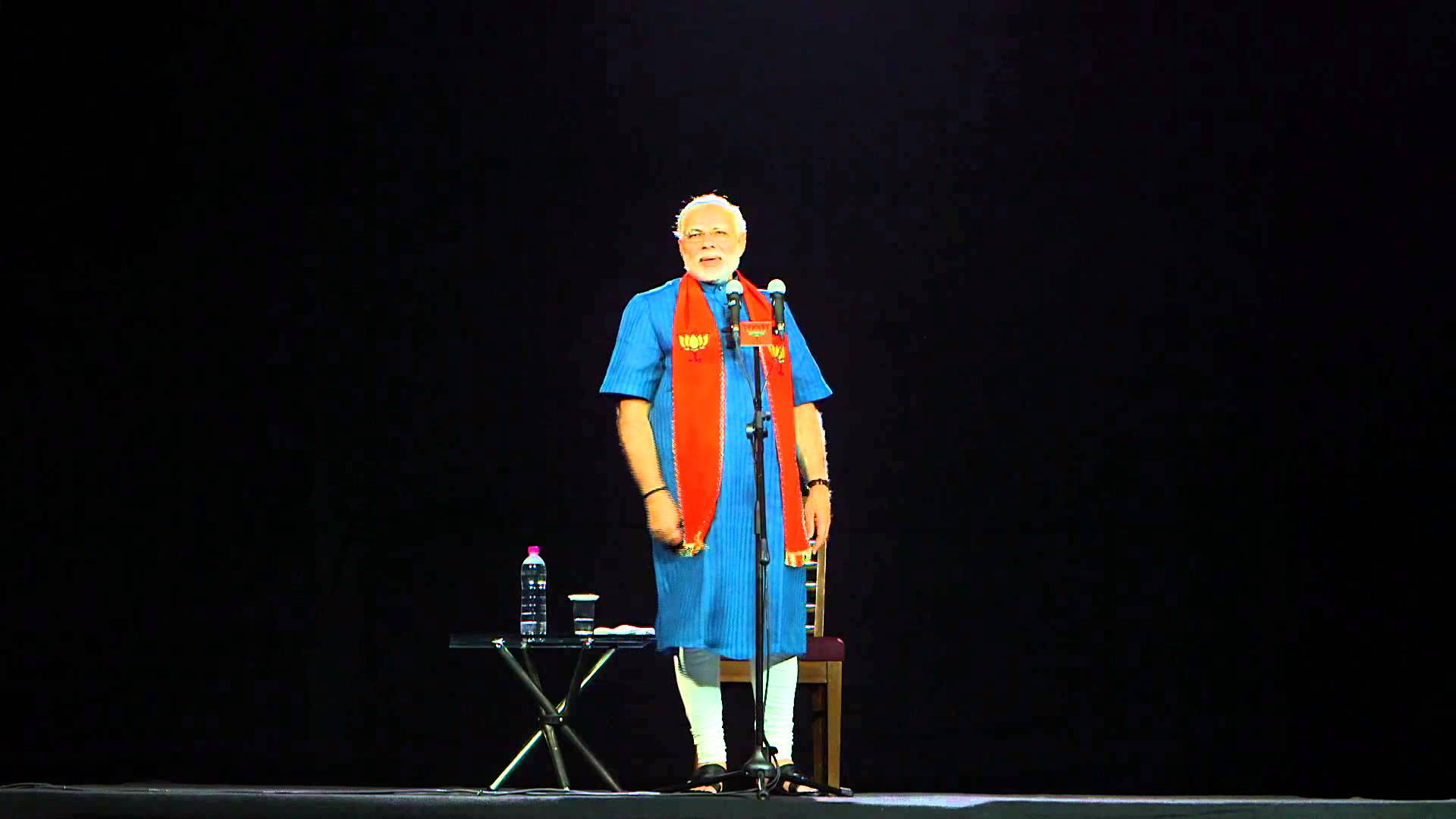Twitter embraces the argumentative Indian and vice versa during election campaigning


Campaigning for the Indian elections are in full swing and the one digital tool that leading Indian politicians have adopted wholeheartedly to issue jibes and accusations at rivals we well as inspire their followers is Twitter.
In many ways, Twitter was made for Indians. As nobel prize winning Indian economist Amartya Sen referenced in his book 'The Argumentative Indian,' what my countrymen and women like most to do is argue and debate in as cacophonous and strident a manner as possible about all kinds of things. This, many say, is what makes Indian democracy work. Now, Twitter has become the latest tool with which Indian pols and their followers are able to duel each other with a fervor and frequency that not many countries can match.
This is of course roaring business for Twitter. With a population of 1.2 billion people, Twitter stands to make a fortune if they can monetize this population effectively. It already has 33 million users in India apparently and is targeting another 500 million to be added over time. The fact that its services can be utilized even over feature phones which an overwhelming majority of this population uses (although that is changing quickly) makes the Twitter India business proposition a tantalizing one.
Other than Bollywood celebrity issuing the usual vapid and banal observation from his or her pretty little head, nothing lends itself to Twitter so perfectly as the Indian politician. Already, the race has been electrified by India’s most digital-savvy politician and Prime Ministerial hopeful, Narendra Modi, who has wholeheartedly embraced Twitter (like he has a variety of technology initiatives) and accumulated 3.61 million followers, the most for an Indian politician. (Previously he was known to magically appear before throngs in packed auditoriums using 3-D holographic projections of himself.) Of course, this is way behind US president Barrack Obama's 30 million plus followers, but these are early days for this sort of stuff in India.
Some say that Modi jumped onto the technology and digital plank in order to divert attention from himself being ultimately culpable for presiding over the massacre of over 1,000 people in an orgy of bloodletting in his state of Gujarat while he was Chief Minister, the majority of victims being being Muslim. Many of his supporters point to the absence of any proof directly incriminating him and that he is the only person capable of bringing good governance to India, bereft of the mountain of corruption that marked the reign of the Congress in the past several years.
His bête noir today, the populist politician Arvind Kejriwal, a tax official who shot into fame with the formation of the new, red-hot Aam Admi Party that promised corruption-free rule and astonished the country by coming to power in the state of Delhi has also harnessed Twitter, uses it regularly and has attracted 1.55 million followers. Droves have flooded to his corner attracted by the promise of honest rule, yet detractors say that he has little economic sense and will ground the country into financial ruin.
The Congress Party’s scion Rahul Gandhi, and a favorite punching bag for Modi before Kejriwal showed up, has been noticeably absent from Twitter arguably because him and his party have little to say considering the apathy displayed by them while their party cadres looted the exchequer in full public view via a whole series of scams in the last five years or so.
Yet, one minister from his party, Shashi Tharoor, who as under-secretary of the United Nations had grand ambitions for the top job but didn’t get it, has garnered 2.13 million followers. However, his tryst with Twitter took a dark turn when his wife Sunanda hacked into his Twitter account around a month ago and alleged that she had unearthed evidence of him having an affair with a Pakistani journalist and then exposed his alleged affair on Twitter before she purportedly killed herself with sleeping pills—although recent autopsy reports have said that there were no traces of any medication found in her body, raising the spectre of foul play.
All of the above has been good grist for the twitter mill in India.
Twitter is probably well aware that they are sitting on a potential goldmine in India especially if you consider how eager brands are to engage with audiences through popular channels. According to the Economic Times piece, Pepsi India and MTV India have decided to use Twitter to launch their new music channel. Brands that have users replying to, re-tweeting or marking it as a favourite reportedly have to fork out a 'Cost per Engagement Fee' at the rate of about US$0.5 and US$.75 per engagement. The company also makes money of ads that can be targeted towards users based on their tweets. Ditto for politicians.
Twitter is betting that its 241 million global users (76 percent of whom accessed the service from mobiles) and its $221 million revenue stream last year (double of the previous year) will see a major bump in numbers when the vast mobile toting Indian population really hits its stride.